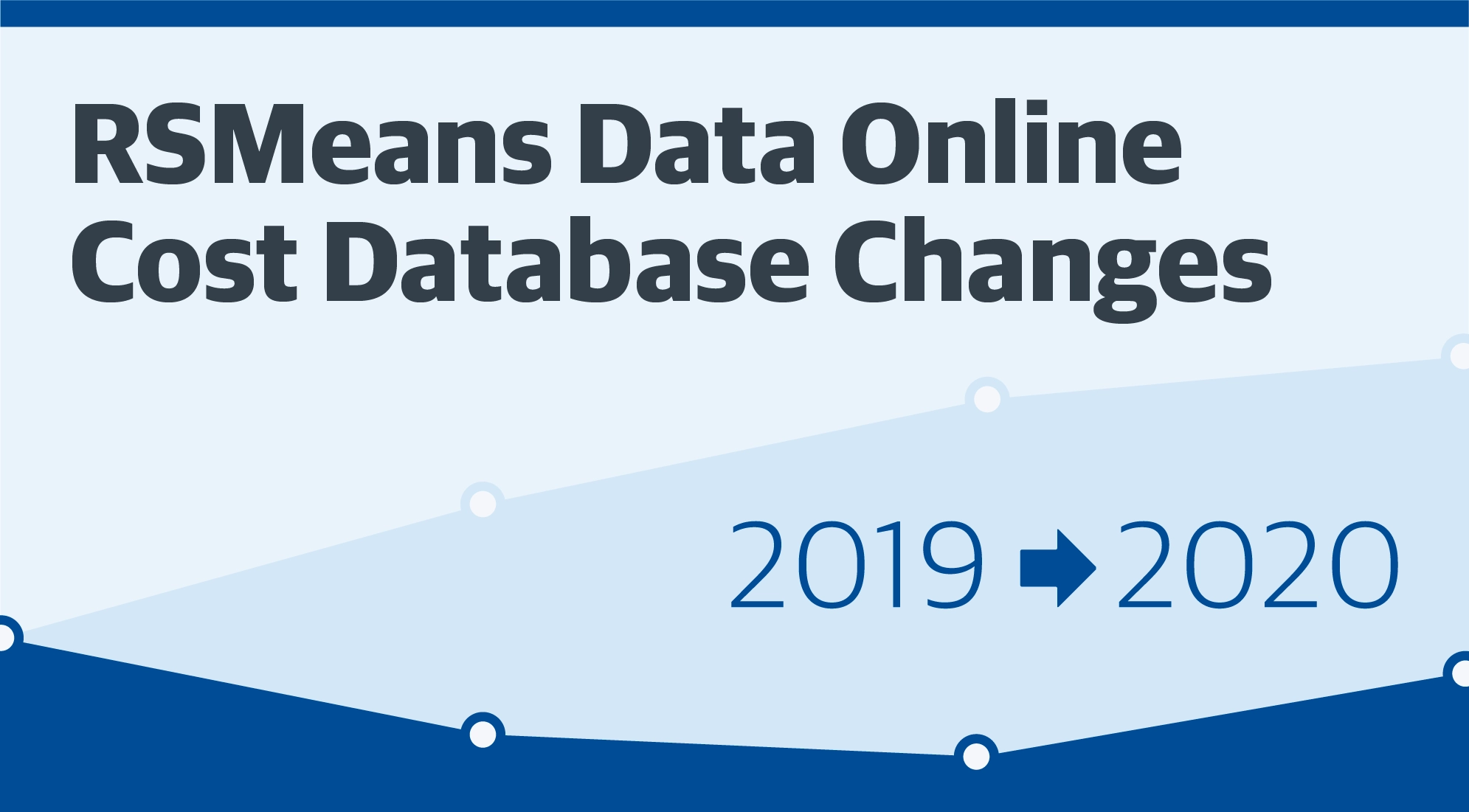Here’s a story you’ve probably heard at least once in your career: A construction project breaks ground, issues arise that require time and money to fix, the budget dries up and the project is hurriedly finished without fulfilling the original plans. Sometimes budget-busting issues are uncontrollable, like inclement weather or regional labor shortages. But more often than not, the issues that derail a project could’ve been prevented if the budget had been built using a more complete Scope of Work (SOW).
The reason a project’s SOW may be lacking is because scoping is a notoriously tedious process. A project’s Scope of Work defines the who, what, when, where and how of a project. It gives instruction for every aspect of the project’s design and execution. That’s a lot of work. But putting in the time is worth it. Ensuring your SOW is as clear and comprehensive as possible is the best way to prevent setbacks and minimize budget overruns.
To help you with your next SOW, we’ve put together a list of four productivity hacks for scoping construction projects to help you complete your next Scope of Work more efficiently and effectively. And while some of these may require added effort up front, they’ll save you time and headaches in the long run. As the old saying goes: “Measure twice. Cut once.”
Don’t Scope from Zero
Starting a new project doesn’t mean you have to start the SOW from scratch. Referencing SOWs from previous successful projects can give you a head start on the details. Doing so can also increase the reliability of the new SOW by shedding light on important items you may have forgotten to include otherwise.
Of course, no previous SOW will be an exact match to your next project. But using one from a similar project will give you solid ground to stand on as you proceed. However, make sure you choose to reference a previous success, lest you risk repeating past mistakes. If you measure incorrectly the first time, you’ll be cutting twice anyway.
Call in Experts
A Scope of Work covers a lot of ground, and some of it may not be your field of expertise. This is to be expected, since construction projects require work from many different disciplines. And just as you’ll rely on vendors’ and contractors’ input and expertise during the construction process, you can consult with them to complete your SOW.
If you reach a part of the scope the you’re less familiar with, or simply want another party to verify the specifications you’ve added, we encourage you to reach out to someone who’s an expert in that field of practice. There’s absolutely nothing wrong with doing so. On the contrary, gaining their input during preconstruction will both build trust with them and help you avoid mistakes during the construction phase.
Leave Nothing to Chance
The contractor’s team will refer to the Scope of Work for every detail during the construction process, so comprehensiveness and clarity are key when writing your SOW. Any inconsistency or forgotten specification can lead to either a mistake in the final product or time lost clarifying details with the contractor.
Rory Woolsey, a Certified Estimating Professional with almost 50 years’ experience in construction estimating and consulting, says this about why clarity in a SOW is paramount:
“A Scope of Work should clearly lead the reader to one specific conclusion, leaving no room for interpretation. Ambiguity is your enemy, and the best weapon against it is specificity.
“It’s important to sweat the small stuff and consider every single task. If an action is mandatory, the statement of work should use the words shall or must. You may also include photographs, drawings and additional visual aides to create clarity and prevent confusion. It is better to over-explain than to leave open the possibility of a misunderstanding.”
Validate Scope with Data
There are few better tools for validating the information in your Scope of Work than a third-party cost database. While construction cost data is commonly used for estimating, it can also lend a hand to building your SOW by specifying the materials, tasks and labor hours needed to get the job done.
RSMeans Data Online includes assembly models that group together the amount of materials and the specific tasks needed to complete a given assembly. The cloud-based estimating platform also comes with 76 customizable square foot models that can be used to spot-check a SOW. Tools like RSMeans Data Online give you the labor and construction information you need to write a comprehensive and complete SOW for your next project.
While the scoping process will always require time and attention to detail, putting these four tips into practice will ensure your SOW is completed properly so that time and money aren’t wasted during construction. Remember: The goal is to cut once. The point of a Scope of Work is to alleviate confusion and make sure that your projects are built according to plan. Don’t sacrifice money or design to an incomplete Scope of Work.







